Today we’ll talk about plant barriers against ticks that spread encephalitis, Lyme borreliosis, and other dangerous diseases.
Many plants act as living plant repellent. Planting them around your area is a good idea to reduce the risk of encountering ticks and other annoying insects.
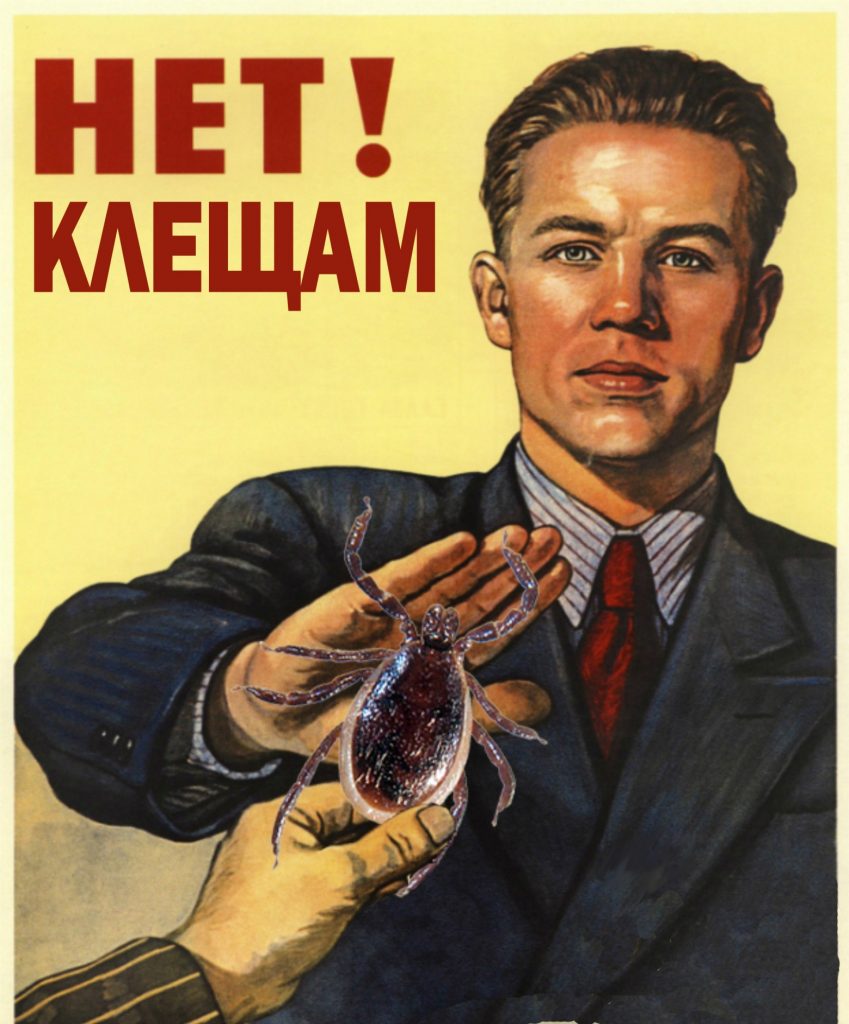
When once again at the country house I had to extract a portion of ticks from my wife, brother, and mother-in-law, I finally thought that it was time to create some kind of barrier from these guests from the forest…
Before, on duty, a couple of times I had to advise people on the creation of biobarriers (in particular against mosquitoes). But in my opinion, for all owners of summer cottages, a tick is a more dangerous phenomenon. The one that inside carries and passes on serious illnesses when bitten:
- Borreliosis (Lyme disease),
- Encephalitis,
- Marseilles fever,
- tularemia (rabbit-fever).
I am sure many will dismiss it, they say, we have already processed and purchased everything with acaricidal agents (most often based on the same component – permethrin). But ticks react to a change in the situation much more quickly than people and acquire immunity.
What to do? Plan and implement plant barriers in summer cottages/country houses to reduce the risks of these dangerous insects entering the site.
These are common crops with a repellent effect against Ixodes ricinus (dog tick), Ixodes persulcatus (taiga tick), Ixodes scapularis (black-footed tick), and some other ticks.
They are very dangerous because these types of ticks carry the causative agents of borreliosis, encephalitis, and some other dangerous diseases. Some ticks are deadly because they carry Crimean-Congo Hemorrhagic Fever (CCHF) and Powassan Virus.
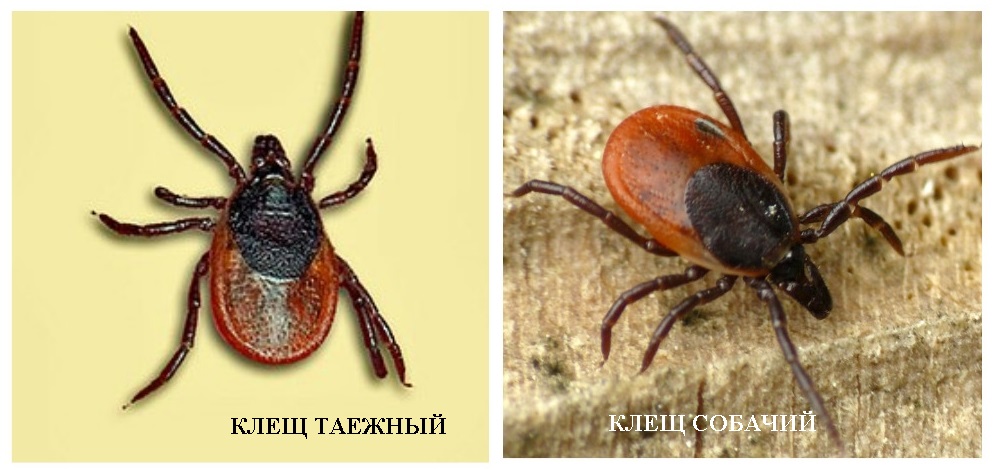
In the spring I planted (in agreement with my wife, of course) a row of correct plants along the fence, and the whole summer-autumn season, sleep well, not fearing that a tick will come from the nearest forest (or a dog will bring it from the yard).
What exactly do you need to plant and sow?
Most often, plants of the families Astral, Lamb, Solanaceous, Verbena possess suitable acaricidal and repellent properties. Of the officially recognized individual repellent compounds isolated from plants of these families, mention should be made of 2-undecanone. This compound is present in such plants as wild tomato, garden strawberry, or decorative heart-shaped Houttuynia (Houttuynia cordata).
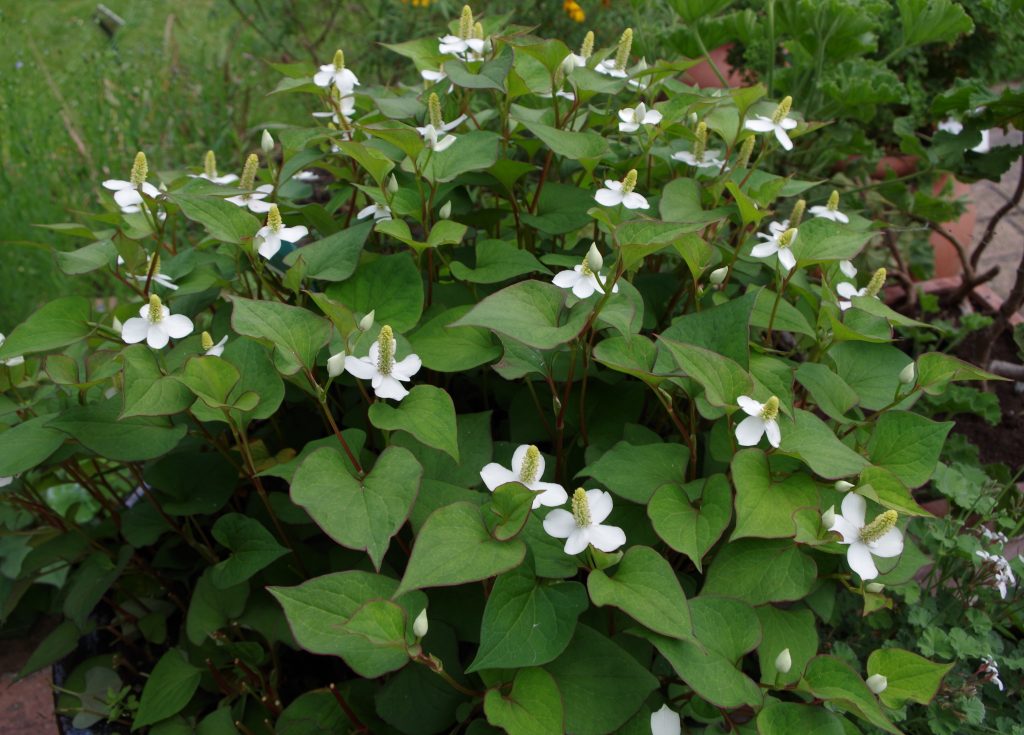
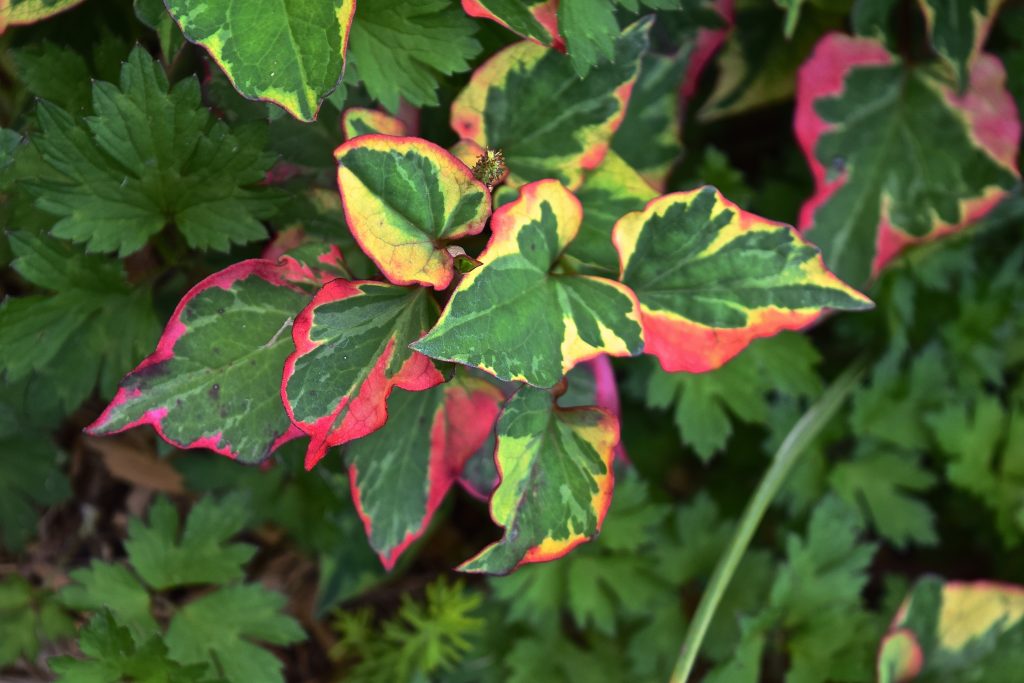
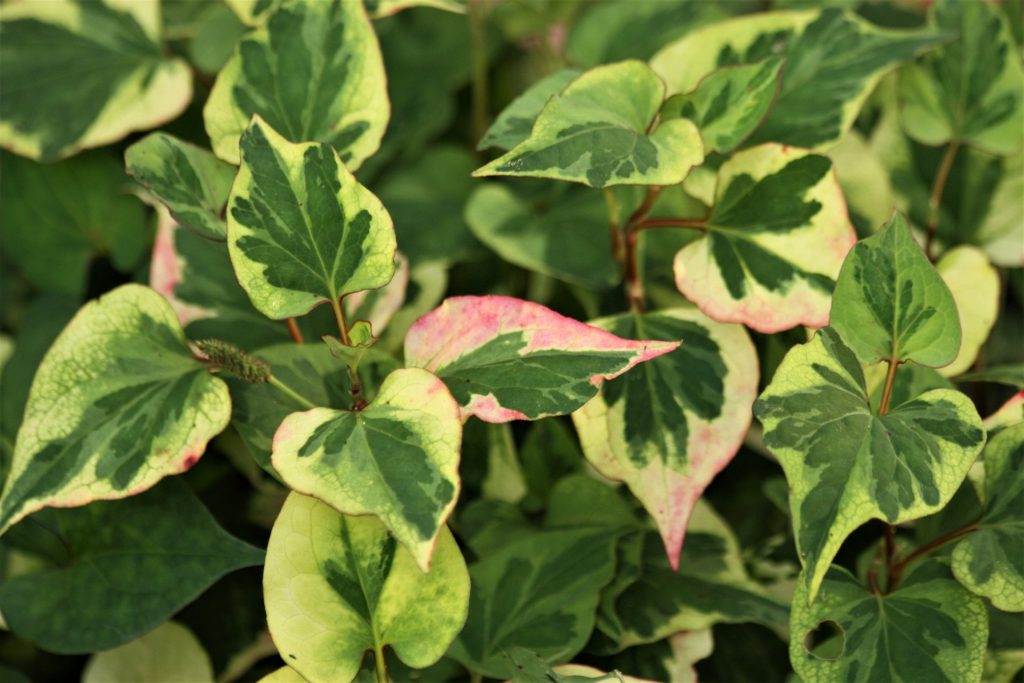
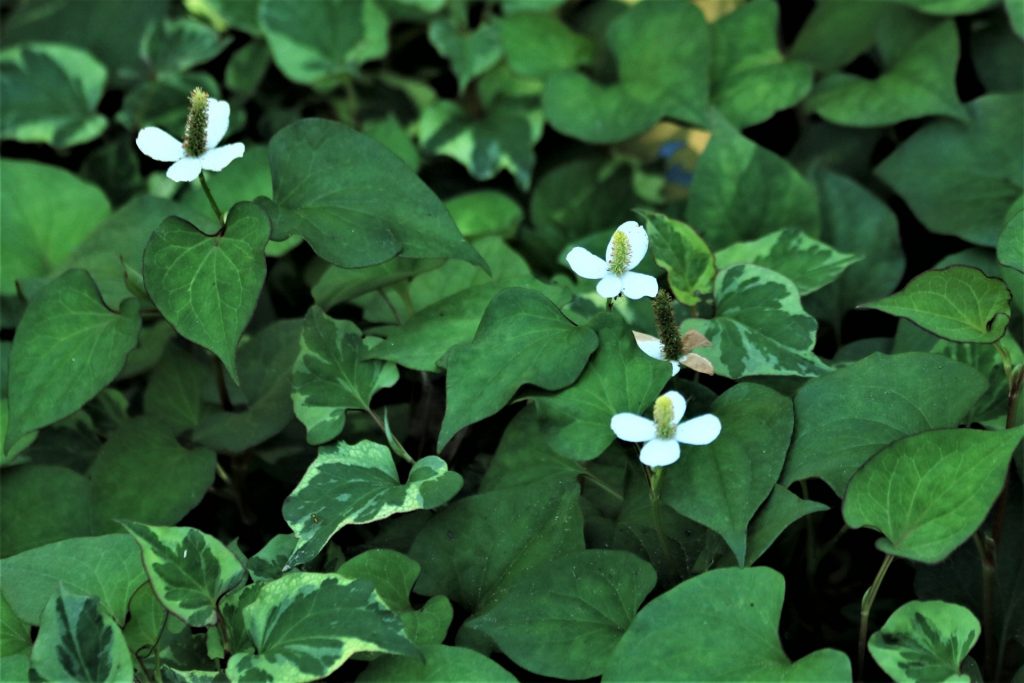
The compound nootkatone, which is found in the essential oils of grapefruit and sometimes found in the backyard plots of Nutkan cypress, is considered a promising tick repellent.
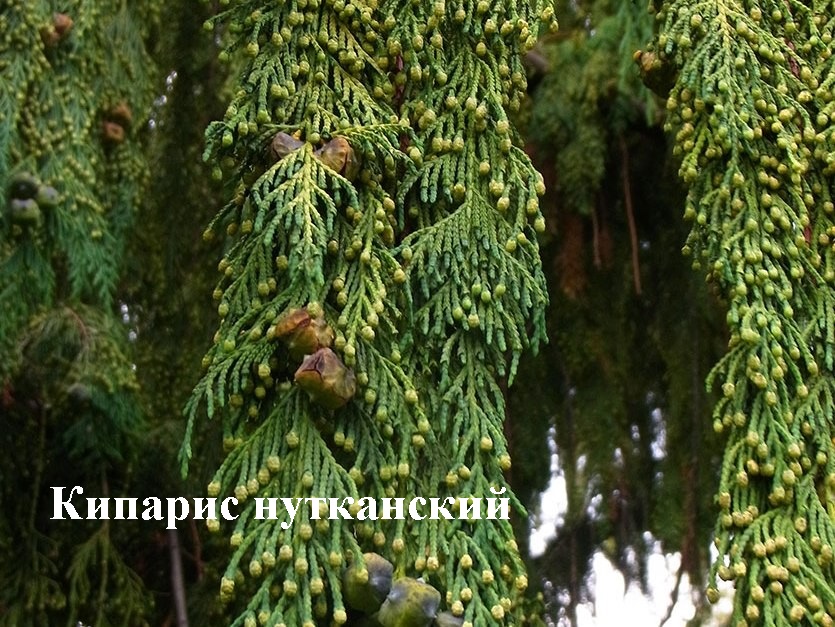

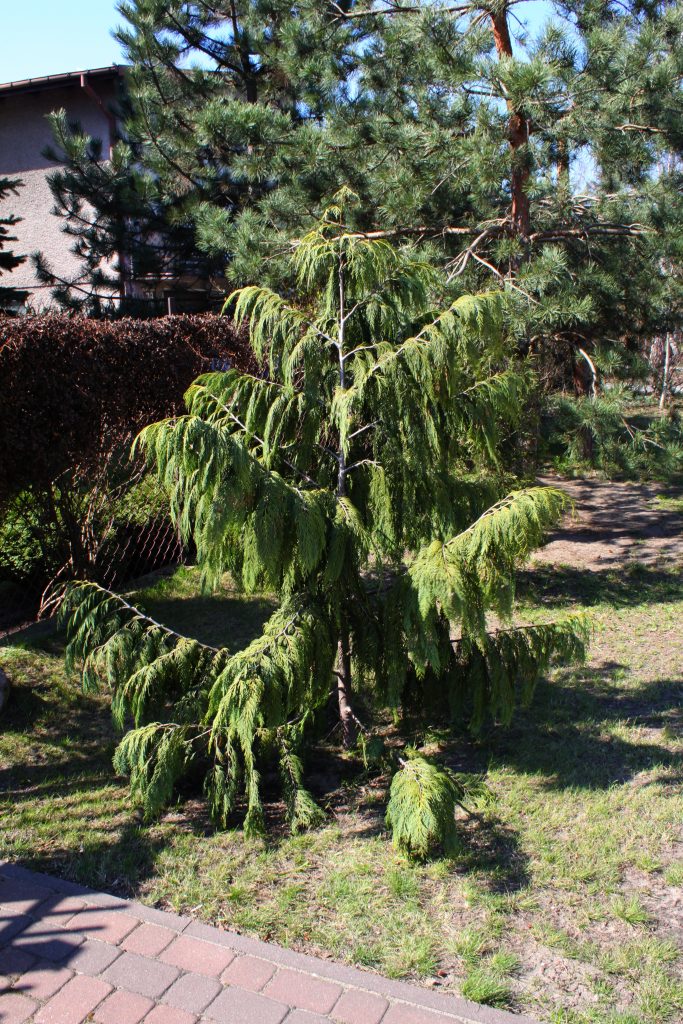
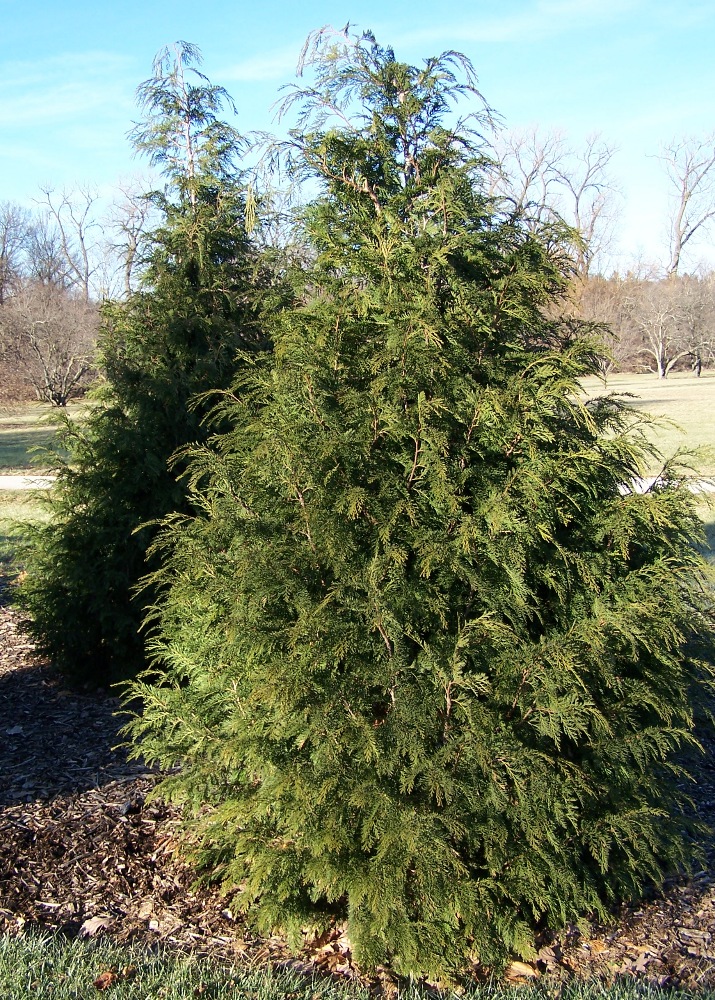
As for the plant repellent generators that can be grown in the summer cottage, the essential oils of lemon grass (also known as lemongrass or cymbopogon) and lily of the valley have the most pronounced effect on repelling ticks.
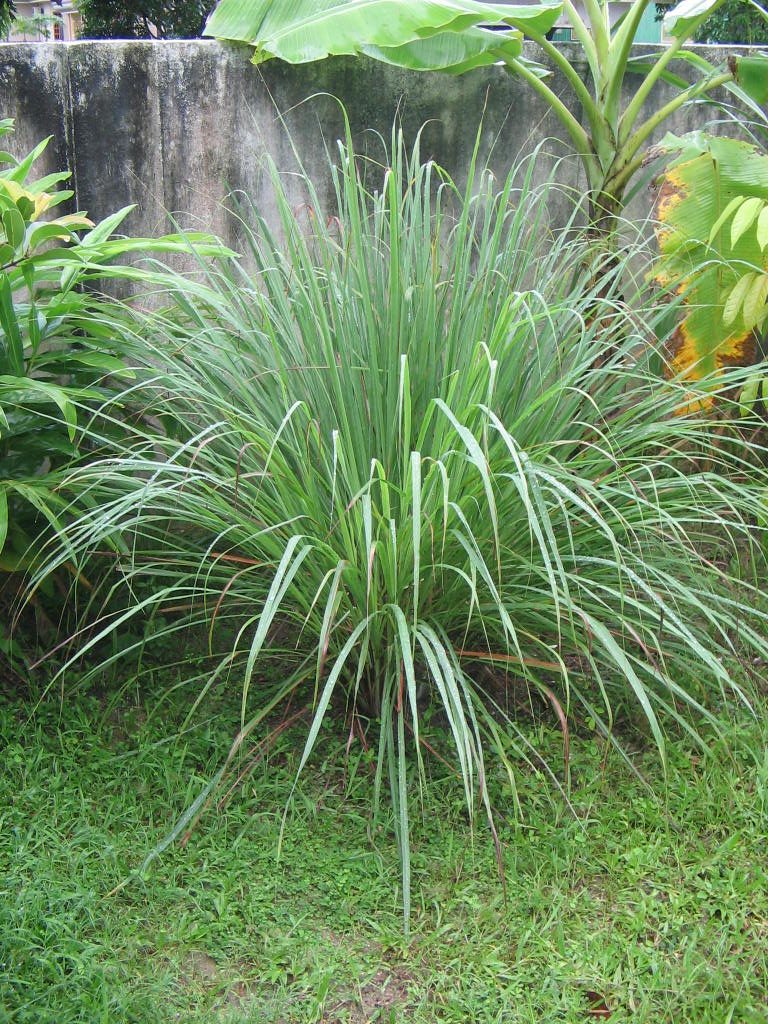
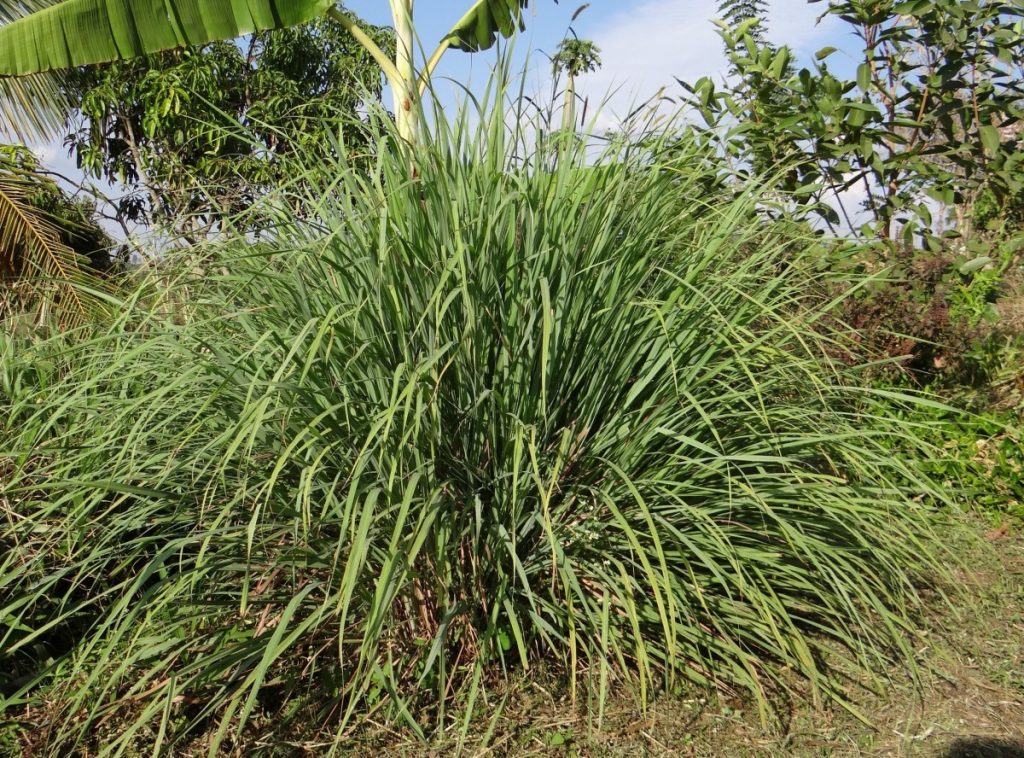
Moreover, their repellent activity is comparable with a reference chemical repellent N,N-Diethyl-meta-toluamide (aka DEET or diethyltoluamide). The main tick-borne component in the essential oils of these plants are citronellol, geraniol and eugenol, phenethyl alcohol.
American studies show that essential oils of such a common ornamental plant as feline have a high activity against the black-footed tick catmint (aka catnip).
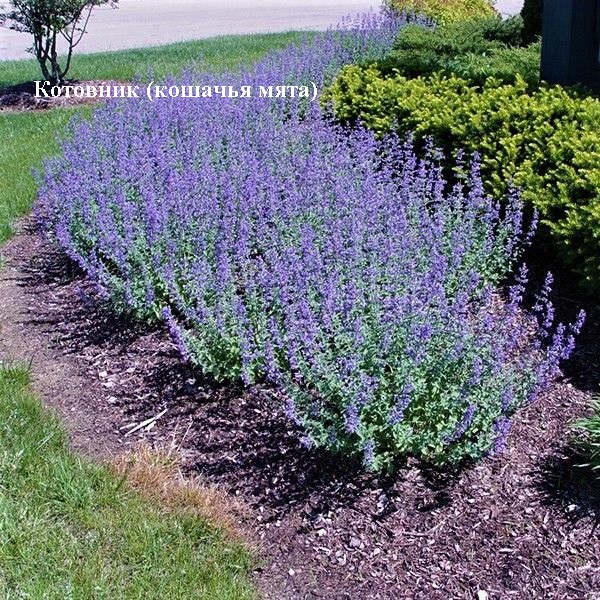
Catnip-like, lavender, possesses excellent repellant and acaricidal activity against dog ticks. Therefore, for example, I sincerely envy those who turned their dacha into a lavender paradise. You will definitely never see a tick there, despite the forest two steps away …

Well, if you do not get attached only to the plant kingdom, you can mention the mushroom- bioinsecticide – Metarhizium brunneum ( or Metarhizium anisopliae).
It is used to protect against insect pests in developed countries and is officially approved for this purpose by the Canadian Pest Control Agency and the US Environmental Protection Agency.
This fungus is harmful to many insects, including ticks, the Colorado potato beetle, termites, cockroaches, whiteflies, and other insect pests.
In doing so, it also inhibits the growth of other fungi that are harmful to plants, thereby protecting plantings from being eaten by insects and from fungal diseases.
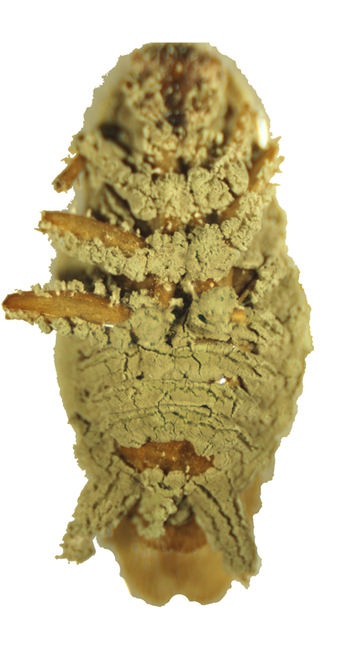
This fungus is found in soils around the world and is also available as lyophilized biomass. But our “foresters” in the old-fashioned way poison the roadside with what, most likely, with toluamide or permethrin repeller. Instead of sowing the roadside once with the right plants and fungus. Therefore, apparently, the statistics are appropriate …

I hope the information will be useful and, most importantly, will push at least someone to take action. Prepare the sleigh in the summer, and the cart in the winter – folk wisdom says. Still, the winter months are the optimal time for planning what will grow in the summer cottage.
If there is a forest nearby, do not save on yourself, allocate a small area for a plant fence, do not hope that “if suddenly the doxycycline tick helps”.

The author of the article: steanlab
The article was supplemented by the editor Klumba.org